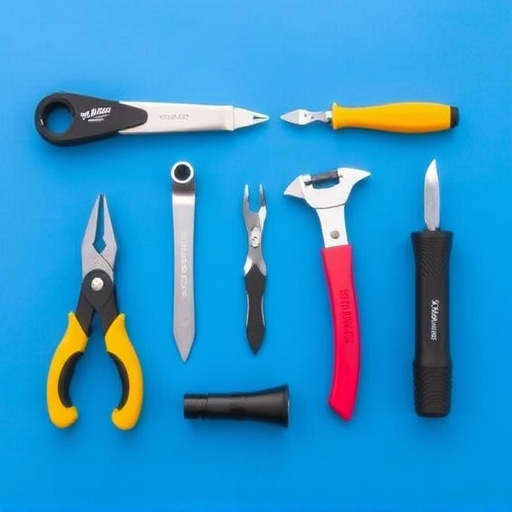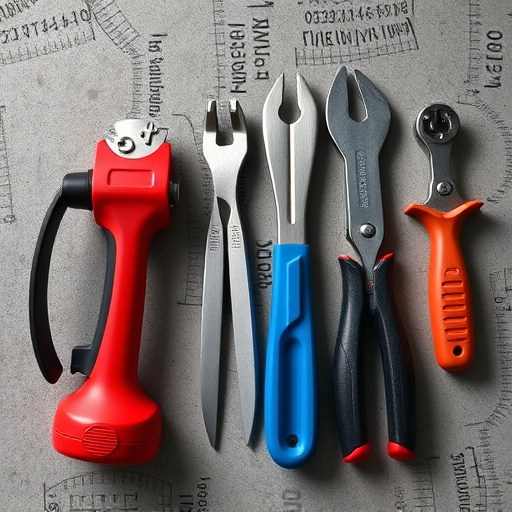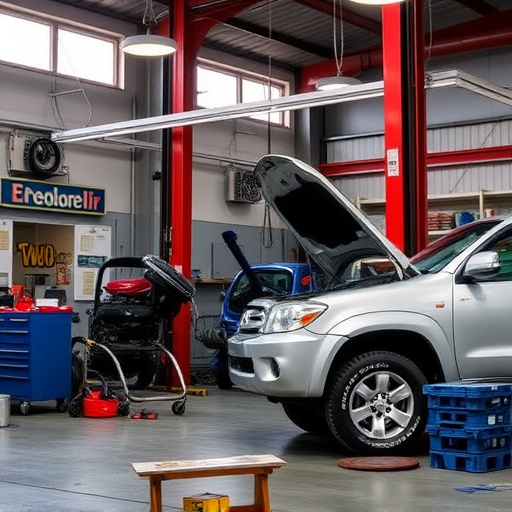Choosing between OEM and aftermarket Mercedes comfort access modules is crucial for repair. OEM parts offer superior performance, reliability, and compatibility but are pricier. Aftermarket modules provide cost savings but may have integration issues and reduced lifespan. Proper diagnosis and part selection, considering warranty and supplier reputation, ensure successful Mercedes comfort access repairs.
When addressing Mercedes comfort access repairs, understanding the distinction between OEM (Original Equipment Manufacturer) and aftermarket modules is crucial. This article delves into the intricacies of these systems, providing insights on how they differ and what implications this has for repair choices. By exploring the advantages and considerations of each option, you’ll be equipped to make informed decisions tailored to your Mercedes comfort access repair needs.
- Understanding Mercedes Comfort Access Systems
- OEM vs Aftermarket Modules: Key Differences
- Advantages and Considerations for Repair Choices
Understanding Mercedes Comfort Access Systems
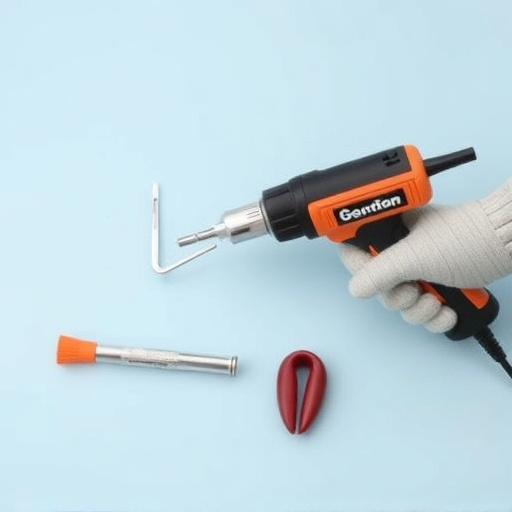
Mercedes Comfort Access Systems have become integral to modern vehicle security and convenience, offering keyless entry, start, and advanced driver assistance features. These systems typically include a control unit, a transponder chip in the key fob, and various sensors. When troubleshooting Mercedes comfort access repair issues, it’s crucial to understand these components’ interactions. A malfunction in any part can lead to problems like unable to unlock doors, engine refusal to start, or incorrect sensor readings.
For auto repair services focusing on Mercedes comfort access repairs, the distinction between Original Equipment Manufacturer (OEM) and Aftermarket modules is significant. OEM parts are factory-issued replacements, ensuring precise compatibility and performance. Conversely, Aftermarket modules, while often more affordable, may require additional programming and adjustments for seamless integration with your vehicle’s system. Body shop services specializing in these repairs should be adept at diagnosing issues, whether they stem from a faulty control unit, a compromised transponder chip, or misaligned sensors, demanding either OEM or carefully selected aftermarket alternatives for effective solutions.
OEM vs Aftermarket Modules: Key Differences
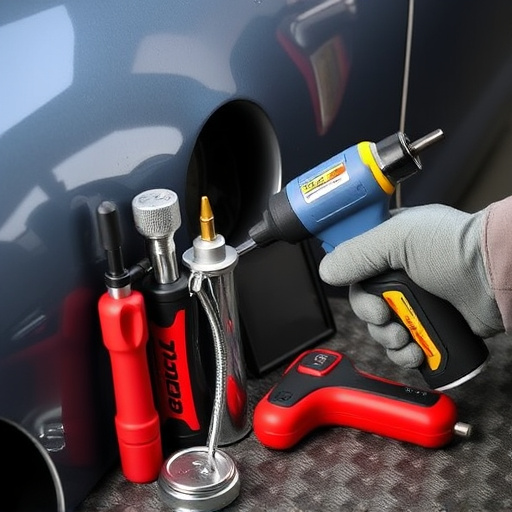
When it comes to Mercedes comfort access repairs, choosing between original equipment manufacturer (OEM) and aftermarket modules is a key decision. OEM parts are directly sourced from the vehicle manufacturer, ensuring they meet the exact specifications of the car. These components are designed to integrate seamlessly into the vehicle’s existing system, providing reliable performance and maintaining the original factory standards. Aftermarket modules, on the other hand, are third-party produced alternatives that aim to replicate the functionality of OEM parts. While they can be more affordable, their compatibility and reliability may vary, potentially leading to issues during integration or reduced lifespan.
In a Mercedes comfort access repair scenario, using OEM modules guarantees a perfect fit and ensures the security features work flawlessly. Aftermarket options might offer some advantages in terms of cost, but they could compromise the overall performance and safety of the system. For seamless and secure repairs, especially for luxury vehicles like Mercedes, opting for OEM parts is generally recommended, ensuring your vehicle’s advanced comfort and access technologies function at their peak.
Advantages and Considerations for Repair Choices
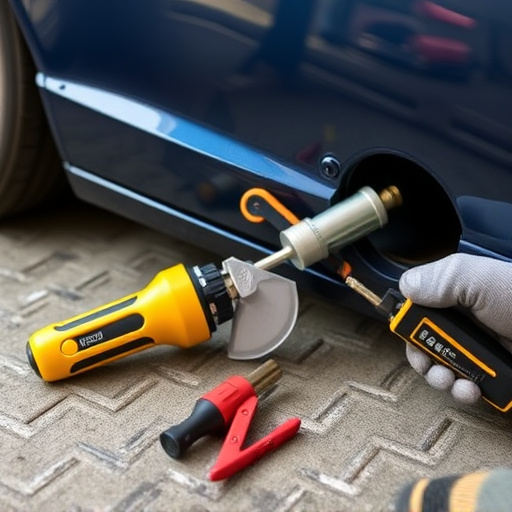
When it comes to repairing a Mercedes Comfort Access system, choosing between original equipment manufacturer (OEM) and aftermarket modules is a crucial decision. OEM parts are directly sourced from the vehicle’s manufacturer, ensuring they meet strict quality standards and compatibility with your Mercedes model. Using OEM components guarantees optimal performance, precise functionality, and potentially longer-lasting results. This is particularly important for systems like Comfort Access that play a critical role in modern vehicle security and convenience features.
However, aftermarket modules offer several advantages, including cost-effectiveness and wider availability. Aftermarket products are often designed to be interchangeable with OEM parts, providing a more affordable repair option without compromising on basic functionality. While they may not always match the precise specifications of OEM components, they can still deliver reliable performance in many cases. When selecting parts, it’s essential to consider factors like warranty coverage, reputation of the supplier or brand, and compatibility checks with your vehicle’s body shop to ensure a seamless repair process for your Mercedes Comfort Access system, be it for fender repairs, autobody work, or other related services.
When it comes to Mercedes comfort access repairs, choosing between OEM and aftermarket modules involves weighing performance, reliability, and cost. While OEM parts offer superior compatibility and brand warranty, aftermarket modules provide a more affordable option with potential for enhanced features. Ultimately, the best choice depends on individual needs, budget, and the specific requirements of each Mercedes comfort access system. For accurate diagnosis and reliable repairs, consulting with experienced technicians is essential to ensure a satisfying outcome for your vehicle.

